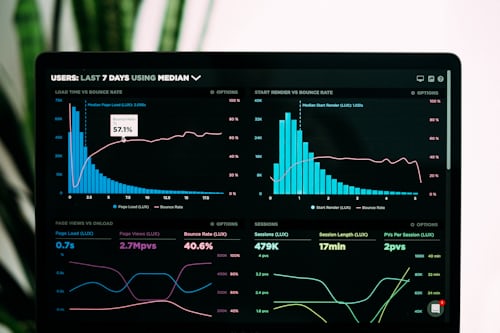Long Call: Far out the Money
A long call option that is far out of the money usually has a strike price that is 10 points or more above the share price and a delta of zero to 0.25 (0 to 25 per cent). A wide call option that is way out of the money consists entirely of extrinsic value and is the most leveraged strategy.
This can be a low-probability strategy because the further you are from the price of the underlying stock, the less likely the stock or future is to end up in the money. Although it has a low Although it has a low probability of success in many cases, it can be an effective strategy for a stock that makes a big move up; for example, if a stock is trading at $100, you may be able to buy a call option with a strike price of 110 and pay $1 ($100) for the option. You have a built-in risk management feature because you cannot lose more than the $100. The following is an example.
Position would extend a gain from the stock going up (delta) and a gain from volatility (vega). Position would reflect a loss from a stock decline (delta), time decay (theta) and a contraction in volatility (vega). Gain is $23 from XYZ stock rising to $101; loss is $12 due to one day time decay.
Later expiry
The price and greeks will differ if the expiry is at a later date; for example, if the call option expires in March, rather than February, the price of the call option may be valued at, say, $2 (value of $200), with representative greeks as shown in Table 7.16.
The gain is $20 if the XYZ share rises to $101; the loss is $7 from one day of time decay.
Exercise and allocation: If you were to exercise the long call, you would buy the share at $110 per share.
Stay defensive on the long call roll
A trader at exness download should consider rolling an in-the-money option if the value of a long call has increased dramatically. In this strategy, the trader should offset an existing position and rebuild it at a higher strike price where there is lower intrinsic value and minimal extrinsic value.
In this way, the trader has profits equal to the difference between the original strike price and the new Suppose stock XYZ is trading at $100 per share. share, you are long a 95 XYZ call option, and the stock rises to $110. You could settle the call option with a strike price of 95 (at a profit) and buy a new call option with a strike price of 105.
Later, when the stock rises to $120, you could sell the call option with a strike price of 105 (at a profit) and buy a call option with a strike price of 115, and so on. An experienced options trader could exit only a portion of the position or roll the option position to a different strike price or expiration month if the underlying stock fluctuates, potentially locking in profits.







